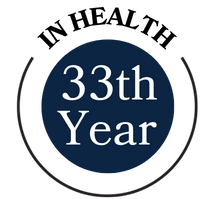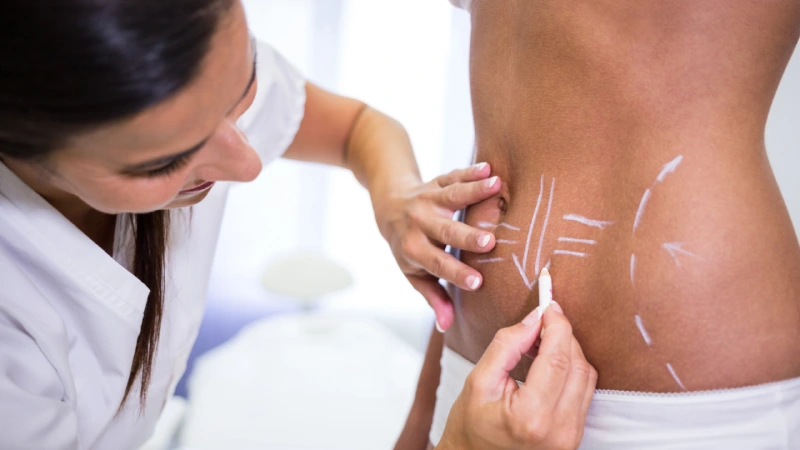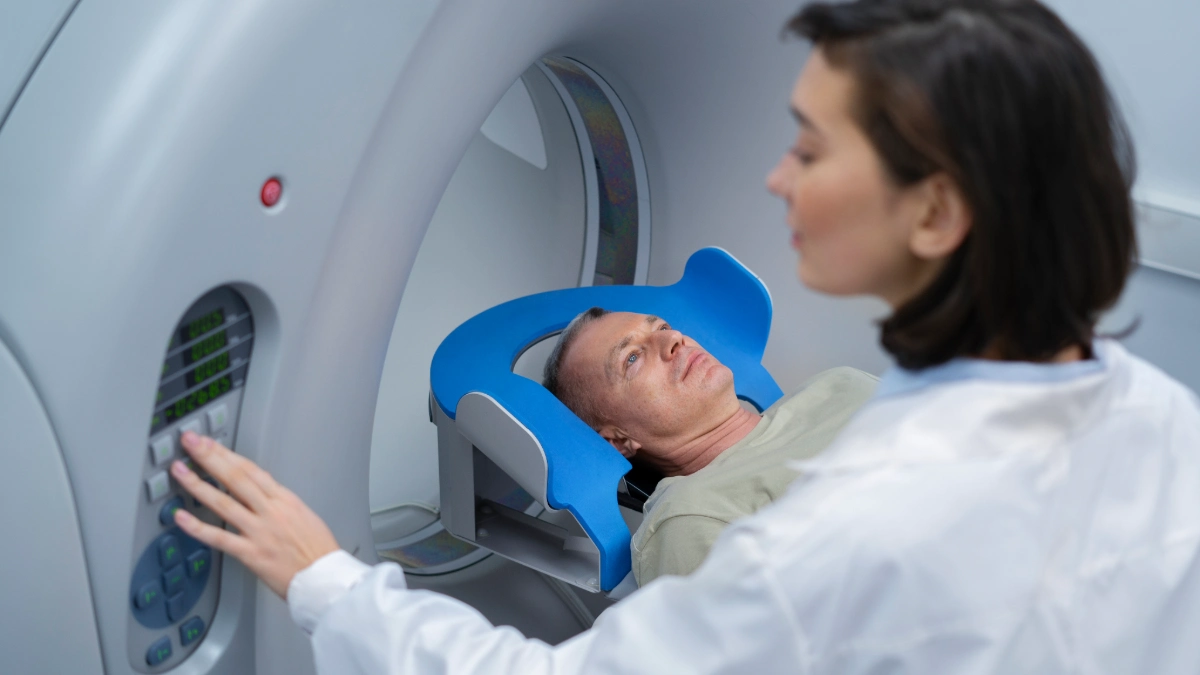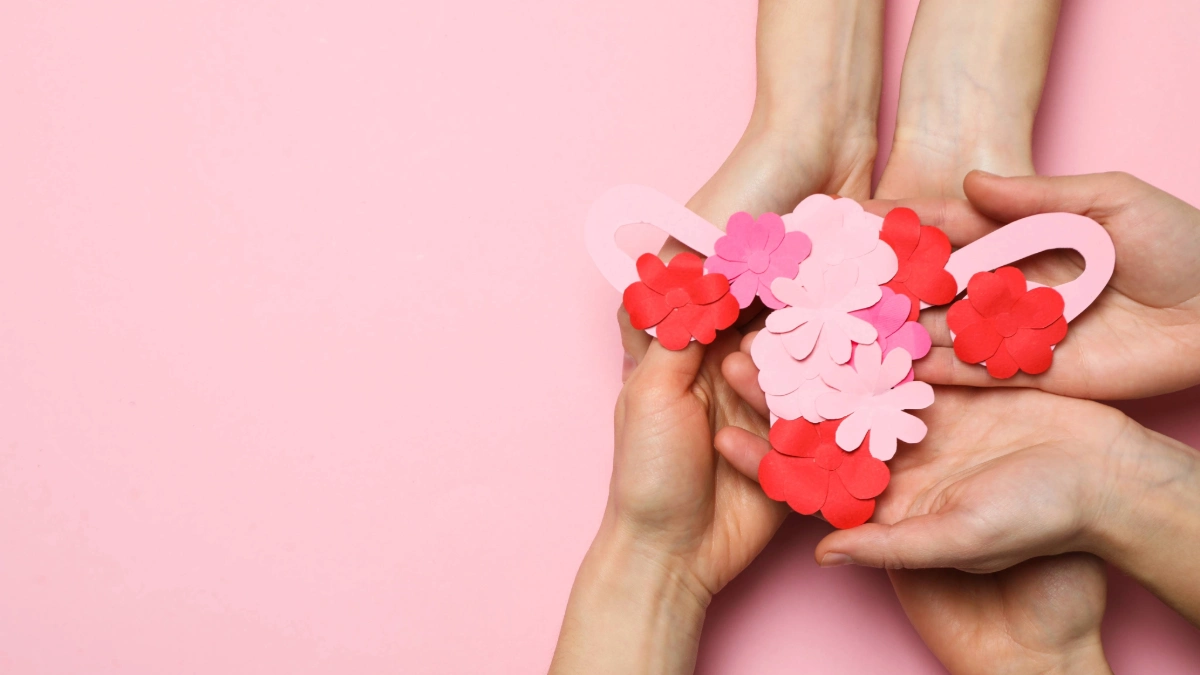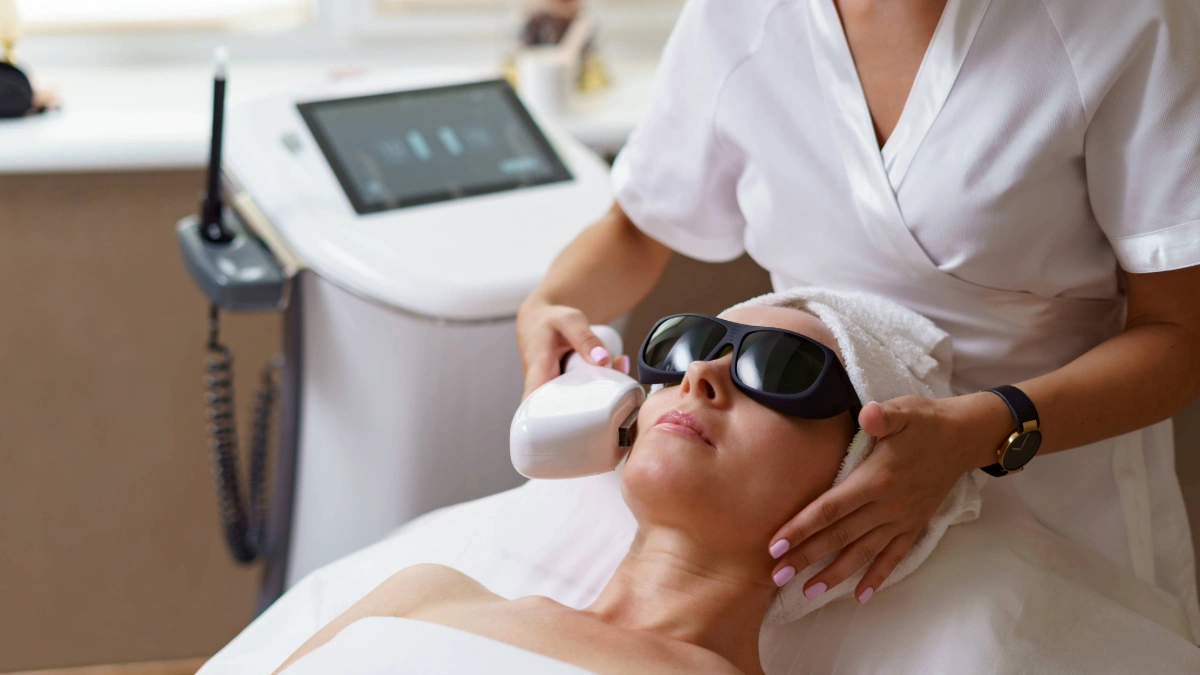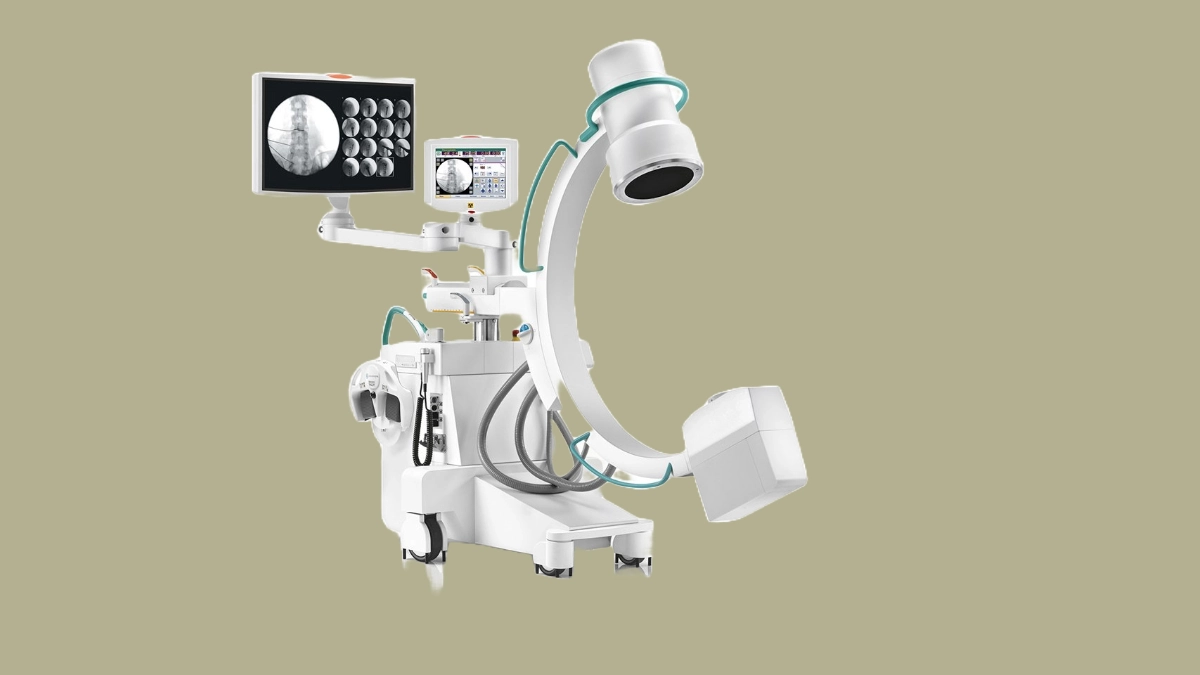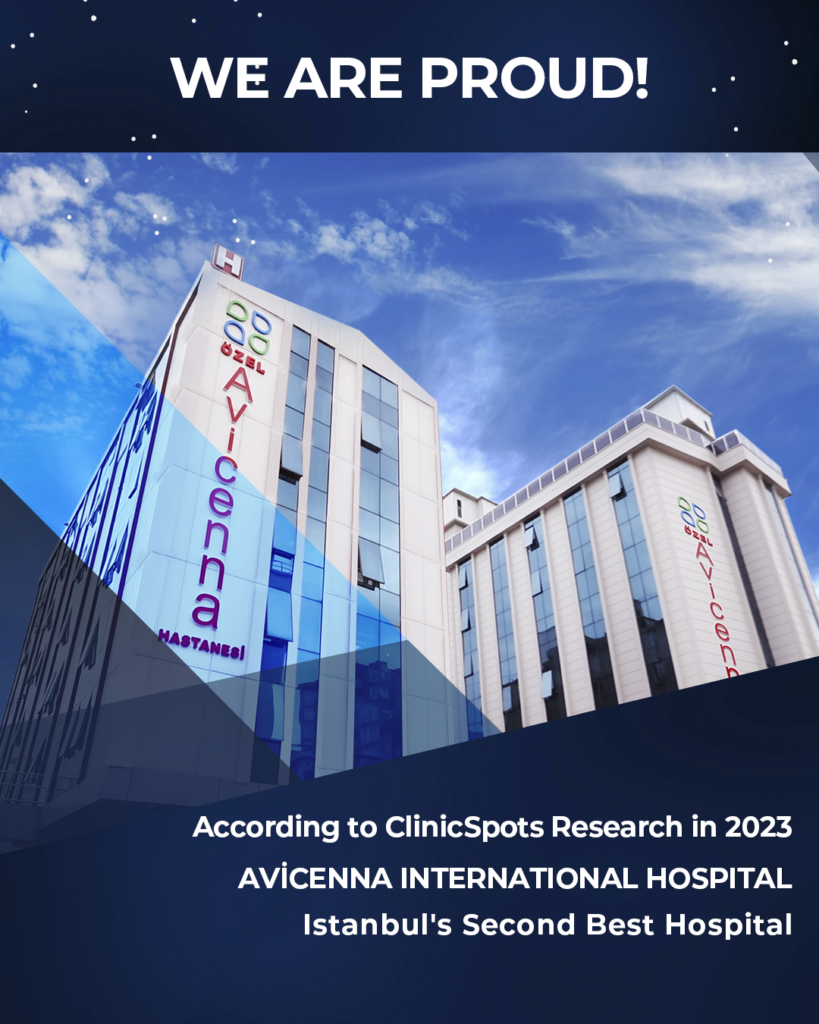Liposuction is not a general weight loss technique or an alternative to weight loss surgery. If you are obese, losing weight with diet, exercise, or bariatric surgeries is more likely to be successful than liposuction. It works best on individuals with average weights and skin that is firm and elastic.
If you maintain a healthy weight, the effects are usually long-lasting, and the goal is to change your body shape.

Which Parts of the Body Can Liposuction Treat?
Overall liposuction treatments involve:
- Buttocks, thighs, and hips
- waist and tummy
- Breast and back
- Neck and arms
Types of Liposuction
Tumescent liposuction
The most popular type of liposuction is this one. A sterilized solution containing salt water, lidocaine, and epinephrine is injected into the region being treated by the surgeon. The mixture results in swelling of the affected area. Then, the doctor will make a few tiny incisions and place a cannula under the skin. Finally, a vacuum is attached to the tube, sucking fluids and fat out of the body.
Laser-assisted liposuction (LAL)
laser light with increased intensity is used in this method to dissolve fat for extraction. Then the doctor makes a tiny incision and enters a laser beam to dissolve fat deposits. A tube is then used to extract the fat.
Ultrasound-assisted liposuction(UAL)
Employs the energy of sound waves beneath the skin to cause the fat cells to break. The fat is liquefied enabling the suctioning.
Power-assisted liposuction (PAL)
This method employs a tube that glides quickly inside and out. So, this movement enables the surgeon to extract fat deposits. It may cause less discomfort and oedema.
How Is It Done?
Liposuction is commonly carried out under general anaesthesia, while lower body areas may also be treated using epidural anaesthesia. Your body’s desired area for fat removal would be marked by the doctor. They would then provide an anaesthetic and medication-containing fluid through injection to this area to lessen bleeding, bruising, and swelling.
Make use of vibrations with a high-frequency, strong water jet or a gentle laser pulse to destroy the fat cells. Cut a tiny hole in the skin, and after that insert a vacuum suction tube. Drain any liquid and blood, suture the wound, and bandage it.
Normally, this tends to take one to three hours. Most patients would spend the night in the hospital.
Candidates for Liposuction
To be a candidate for liposuction, you must be in fine health and be immune to any problems that could make surgery more difficult, such as restricted blood flow, heart disease, diabetes, or a weakened immune system.
You should have good elasticity of the skin.
Having fat deposits that will not disappear as a result of diet or exercise.
Not being obese and not smoking.
Benefits
Although liposuction is often performed for aesthetic reasons, it is occasionally applied to solve certain problems. Examples involve:
- Lymphedema: a disorder in which lymph gathers in tissue, producing oedema
- Lipomas: Benign Fatty tumours.
- Gynecomastia: Fat builds up underneath a man’s chest.
- Lipodystrophy: fat increases in one of the body’s parts and is shed in the other.
- severe weight reduction following overweight
After Liposuction
After the treatment, you might experience some pain and bruise. For this reason, your surgeon may recommend painkillers used in conjunction with antibiotics to lessen the chance of infection.
The skin adapts to the changing shapes of the treated parts following liposuction. If you have elastic skin, it may appear smooth. However, if you have thin, poorly elastic skin, the appearance in the locations that were treated could appear loose. Cellulite dimpling or other skin surface abnormalities are not improved by liposuction. Stretch marks cannot be eliminated by liposuction either.
Recovery
If you underwent a general anaesthetic, you would require transportation home and companionship for the initial day. While you’re taking a shower, you can remove the bandage or corset. Also, for about 4 to 6 weeks, you must avoid heavy activities. It could be up to six months for the area to fully heal after the operation.
Side Effects
- There may be redness and oedema for up to six months.
- Scar marks.
- The numbness should disappear in about seven weeks.
Liposuction Cost
Depending on the body parts that need to be treated, liposuction costs from around 1692 to £2537. So, you can get detailed information and costs by filling out the form at Avicenna Plastic and Reconstructive Surgery Center.

